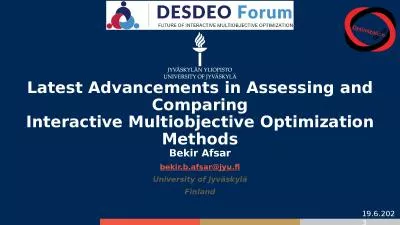PPT-Comparing Audio Signals Phase misalignment
Author : cheryl-pisano | Published Date : 2018-10-26
Deeper peaks and valleys Pitch misalignment Energy misalignment Embedded noise Length of vowels Phoneme variance What makes it difficult Review Minimum Distance
Presentation Embed Code
Download Presentation
Download Presentation The PPT/PDF document "Comparing Audio Signals Phase misalignme..." is the property of its rightful owner. Permission is granted to download and print the materials on this website for personal, non-commercial use only, and to display it on your personal computer provided you do not modify the materials and that you retain all copyright notices contained in the materials. By downloading content from our website, you accept the terms of this agreement.
Comparing Audio Signals Phase misalignment: Transcript
Download Rules Of Document
"Comparing Audio Signals Phase misalignment"The content belongs to its owner. You may download and print it for personal use, without modification, and keep all copyright notices. By downloading, you agree to these terms.
Related Documents

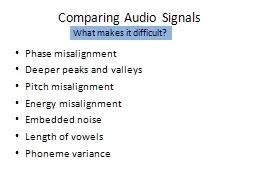
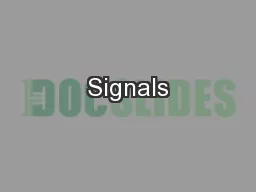
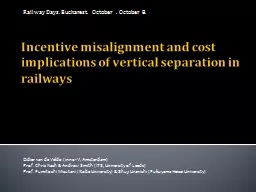


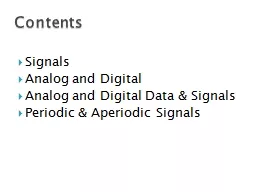


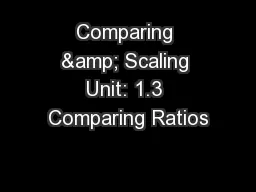

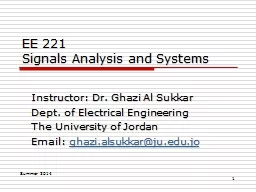
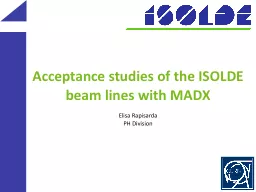
![[DOWNLOAD] - Princeton Review TOEFL iBT Prep with Audio/Listening Tracks, 2021: Practice](https://thumbs.docslides.com/907087/download-princeton-review-toefl-ibt-prep-with-audio-listening-tracks-2021-practice-test-audio-strategies-review-2021-col.jpg)
